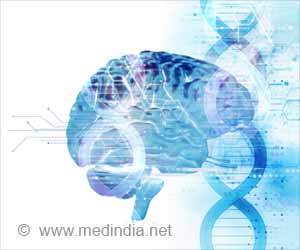
AD affects more than 6 million people and kills more people than breast and prostate cancer combined, as per the Alzheimer’s Association.
‘Miniature brain model has been developed by scientists to study the causes of Alzheimer’s disease and to test drugs in development. The newly developed model thereby may help accelerate the evaluation of potential treatment options for Alzheimer’s disease. ’
There are several cases of Alzheimer’s disease that are of late-onset. However, most of the studies have focused primarily on the early-onset inherited Alzheimer’s disease.
“Drug development for Alzheimer’s disease has run into challenges due to incomplete understanding of the disease’s pathological mechanisms. Preclinical research in this arena predominantly uses animal models, but there is a huge difference between humans and animals such as rodents, especially when it comes to brain architecture. We, at City of Hope, have created a miniature brain model that uses human stem cell technology to study Alzheimer’s disease and, hopefully, to help find treatments for this devastating illness,” says Yanhong Shi, Ph.D., the Herbert Horvitz Professor in Neuroscience and director of the Division of Stem Cell Biology Research within the Department of Developmental and Stem Cell Biology at Beckman Research Institute of City of Hope.
Brain Organoids for Alzheimer’s DiseaseThe newly developed “brain organoids” are the model of sporadic Alzheimer’s disease – the most common form of the condition (95% sporadic vs. 5% inherited), that are derived using human induced pluripotent stem cells (hiPSC) technology.
READ RELATED: COVID-19 patients who have recovered may not be infected again, WHO claims
Several Alzheimer’s biomarkers, including elevated levels of amyloid plaques and tau tangles as well as synaptic breaks linked to cognitive decline were tested by the study team.
Unlike other studies that have focussed to examine Alzheimer’s disease using young miniature brain models, the team used age-associated models to truly understand what happens in Alzheimer’s pathology.
The model thereby helps accelerate the evaluation of potential treatment options for Alzheimer’s disease, thereby giving new hope to the patients and their families.
Source: Medindia
Source:










